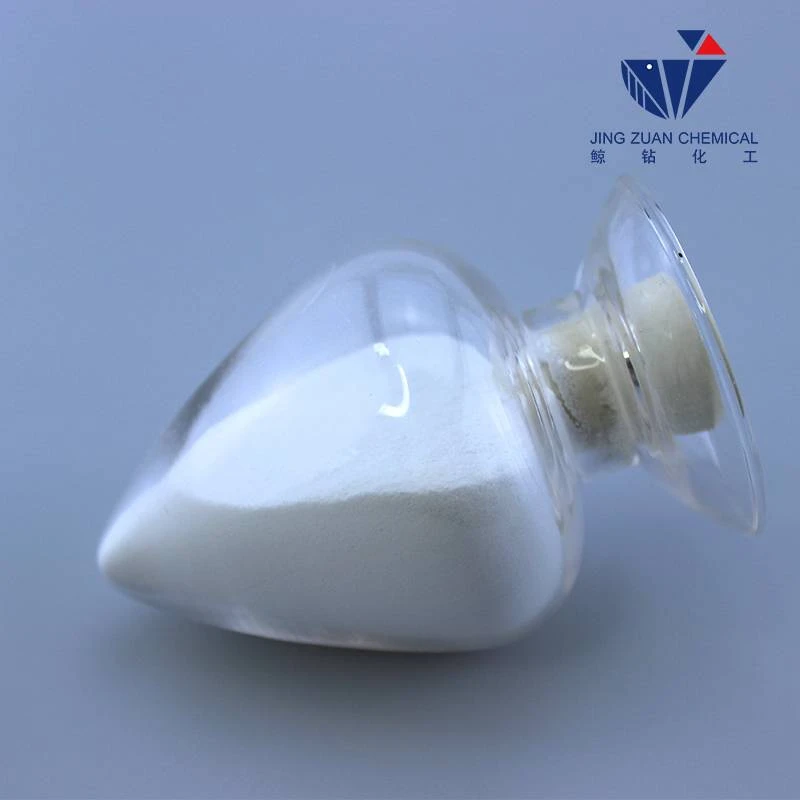
Set . 21, 2024 12:10 Back to list
hydroxypropyl methylcellulose use
The Versatile Uses of Hydroxypropyl Methylcellulose
Hydroxypropyl methylcellulose (HPMC) is a semi-synthetic polymer derived from cellulose, a natural polymer found in plant cell walls. Known for its versatility and myriad applications, HPMC has become an essential ingredient across various industries, including pharmaceuticals, food, cosmetics, and construction.
Pharmaceutical Applications
In the pharmaceutical industry, HPMC plays a vital role as a thickening agent, binder, and film-forming agent in tablet formulations. Its ability to control the release of active ingredients makes it an invaluable component in controlled-release tablets, ensuring that medications are delivered at a consistent rate over time. HPMC's non-toxic profile and compatibility with many drugs make it a preferred choice in formulations aimed at enhancing bioavailability. Additionally, it is often used in ophthalmic solutions, where it serves as a lubricant to alleviate dry eyes, providing relief and comfort to patients.
Food Industry Uses
The food industry has also embraced the benefits of HPMC, where it acts as a food additive that enhances texture, stability, and appearance. Commonly classified under E464, HPMC is used as an emulsifier, thickener, and stabilizer in various food products, including sauces, dressings, and bakery goods. Its ability to retain moisture helps extend the shelf life of baked goods, preventing them from becoming stale. Moreover, the rising trend toward plant-based foods has further amplified the demand for HPMC, as it can provide desirable textures in vegetarian and vegan products.
hydroxypropyl methylcellulose use

Cosmetics and Personal Care
In cosmetics and personal care products, HPMC is valued for its thickening and stabilizing properties. It can be found in a variety of formulations, including creams, lotions, and gels, where it helps to create the desired consistency and ensures even distribution of ingredients. Due to its gentle nature and compatibility with skin, HPMC is a popular ingredient in products aimed at sensitive skin. Furthermore, its film-forming abilities allow for the creation of water-resistant sunscreens and makeup formulations, enhancing product performance.
Construction Applications
The construction industry benefits from HPMC through its use in various building materials such as mortars, plasters, and tile adhesives. HPMC enhances the workability of these materials, making them easier to apply and spread, while also improving adhesion and water retention. This is particularly critical in tile installations, where HPMC helps prevent premature drying and ensures a strong bond between tiles and substrates. Its role in dry mix formulations has made HPMC a staple in modern construction practices.
Conclusion
Hydroxypropyl methylcellulose exemplifies the power of a multifunctional ingredient that transcends industry boundaries. Its unique properties, including water retention, thickening ability, and film formation, make it suitable for diverse applications, from pharmaceuticals to food and construction. As industries continue to innovate and evolve, HPMC's role is expected to expand, further establishing it as a key component in product formulation. With growing consumer demand for clean-label ingredients and sustainability, HPMC's derived nature from cellulose positions it as a favorable choice for companies aiming to meet these emerging trends. Overall, HPMC remains a valuable substance that illustrates the intersection of science, technology, and everyday life, enhancing product functionality and consumer experience.
-
Unlocking the Benefits of HPMC Products: A Gateway to Versatile Applications
NewsAug.07,2025
-
Unleashing the Potential of HPMC Ashland: A Comprehensive Look
NewsAug.07,2025
-
Tile Bonding Cellulose: The Key to Superior Adhesion and Durability
NewsAug.07,2025
-
Hydroxypropyl Methylcellulose Powder: The Versatile Component in Modern Pharmaceuticals
NewsAug.07,2025
-
Hydroxyethyl Cellulose: The Versatile Solution for Various Industries
NewsAug.07,2025
-
Hydroxyethyl Cellulose (HEC): The Versatile Polymer for Various Applications
NewsAug.07,2025







